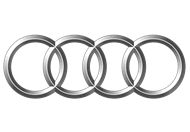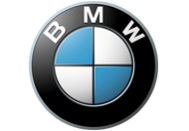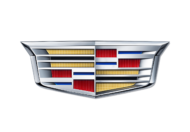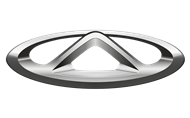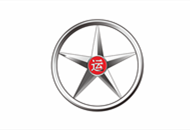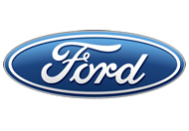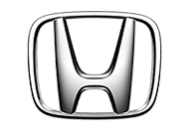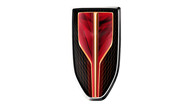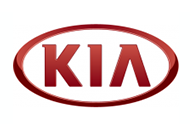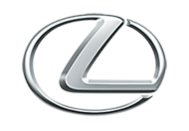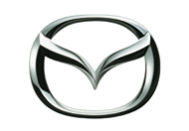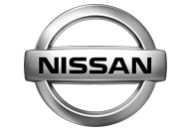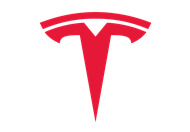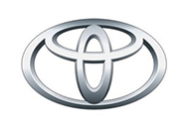New EV under 10w are involution, fuel cars less appealing.
New ev under 100,000 yuan are fiercely competing, making traditional fuel cars less appealing.
The performance of domestic new energy vehicles is getting stronger and stronger, exerting a huge impact on traditional fuel cars. Both high-end luxury cars and mid-to-low-end fuel cars are feeling the comprehensive squeeze from new energy vehicles.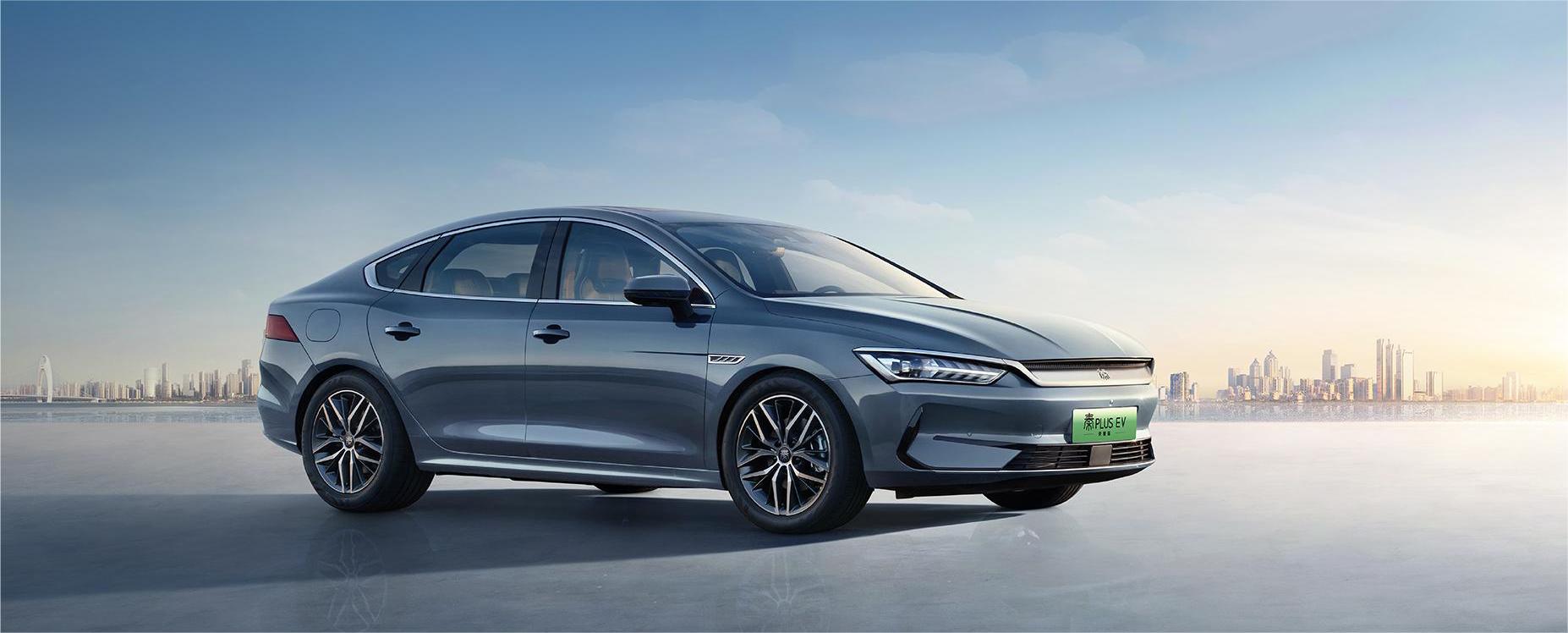
Under the impact of new energy vehicles, the domestic luxury car market has seen significant price reductions, with the cheapest Porsche now priced at just over 400,000 yuan. In addition to luxury cars, mid-to-low-end fuel cars are under even greater pressure. Recently, BYD launched a new Qin L model, with the lowest price under 100,000 yuan and a range exceeding 2,000 kilometers, once again refreshing people’s understanding of new energy vehicles.
In the past, new energy vehicles under 100,000 yuan did not have strong endurance capabilities, usually around 400 kilometers. The shortcoming in range made these new energy vehicles suitable only for commuting. BYD’s newly released Qin L has a maximum comprehensive range of up to 2,100 kilometers, roughly equivalent to traveling round trip between Beijing and Shanghai.
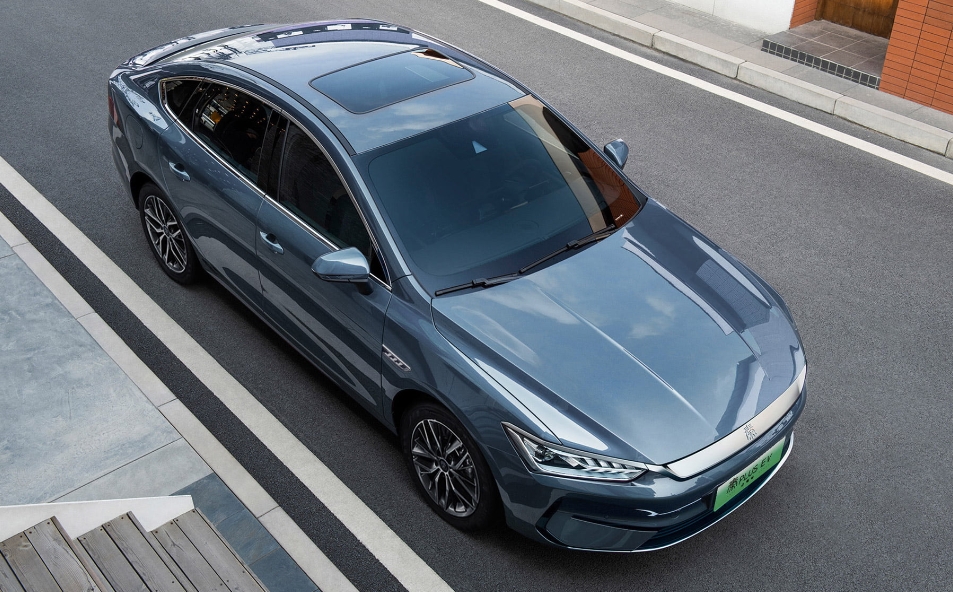 The reason why BYD’s new model can achieve such a strong range is mainly based on BYD’s self-developed fifth-generation DM (Dual Mode) technology, which is the plug-in hybrid mode of “using electricity for short distances and oil for long distances.” In daily commuting scenarios, pure electric mode can be used, with a pure electric range of over 100 kilometers, which can fully meet daily driving needs; if you need to travel long distances, you can switch modes, and the maximum range can reach over 2,000 kilometers.
The reason why BYD’s new model can achieve such a strong range is mainly based on BYD’s self-developed fifth-generation DM (Dual Mode) technology, which is the plug-in hybrid mode of “using electricity for short distances and oil for long distances.” In daily commuting scenarios, pure electric mode can be used, with a pure electric range of over 100 kilometers, which can fully meet daily driving needs; if you need to travel long distances, you can switch modes, and the maximum range can reach over 2,000 kilometers.
This dual-mode technology not only greatly improves the range, breaking through the mileage shortcoming of new energy vehicles, but also significantly reduces fuel consumption. Taking BYD’s Qin L as an example, the minimum fuel consumption per 100 kilometers is only 2.9L, only one-third of that of fuel cars. New energy vehicles have truly entered the era where “electricity is cheaper than oil.”
According to BYD’s calculations, in the “using electricity for short distances and oil for long distances” mode, if 80% of the year is spent using electricity and 20% using oil, the annual cost of using the Qin L is about 2,000 yuan, saving 10,000 yuan a year compared to a fuel car with a fuel consumption of 7 liters.
Because plug-in hybrid new energy vehicles can meet the range requirements and greatly reduce fuel consumption, plug-in hybrids have not only brought a disruptive revolution to traditional fuel cars but have also impacted pure electric cars. During the Spring Festival this year, a snowstorm exposed the shortcomings of many pure electric vehicles. Due to the accelerated consumption of the battery in low-temperature weather of pure electric vehicles, many car owners were afraid to turn on the air conditioning for heating. Even so, the battery was still depleted, and a large number of pure electric vehicles were stranded on the highway.
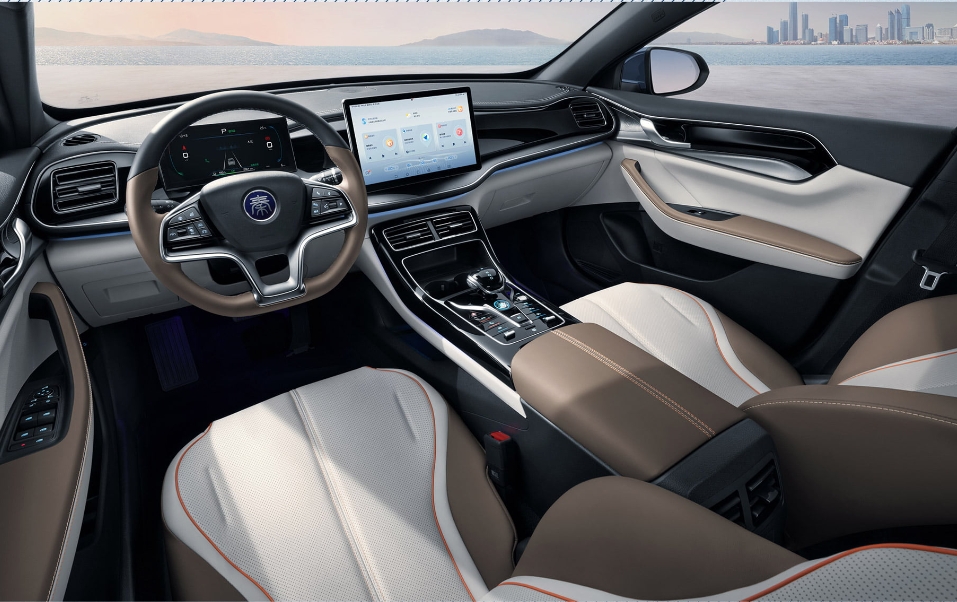 The maturity of plug-in hybrid technology has largely solved the range anxiety of new energy vehicles. In the new energy segment, plug-in hybrid new energy vehicles have become the fastest-growing market in the past two years. The year 2022 was called the explosive year for China’s plug-in hybrid new energy vehicles, with a sales volume of 1.52 million, a significant increase of 1.5 times year-on-year. In 2023, the cumulative sales volume of the plug-in hybrid market reached 2.8 million, a year-on-year increase of 85%. In the new energy vehicle market, pure electric vehicles currently account for about 70%, and plug-in hybrids have reached 20%.
The maturity of plug-in hybrid technology has largely solved the range anxiety of new energy vehicles. In the new energy segment, plug-in hybrid new energy vehicles have become the fastest-growing market in the past two years. The year 2022 was called the explosive year for China’s plug-in hybrid new energy vehicles, with a sales volume of 1.52 million, a significant increase of 1.5 times year-on-year. In 2023, the cumulative sales volume of the plug-in hybrid market reached 2.8 million, a year-on-year increase of 85%. In the new energy vehicle market, pure electric vehicles currently account for about 70%, and plug-in hybrids have reached 20%.
Hybrid cars are not only growing rapidly in China but also in the United States. Americans’ interest in pure electric vehicles is far less than that of Chinese consumers because Chinese electric vehicles have not yet entered the US market, the competition for electric vehicles in the US is smaller, and the prices of electric vehicles led by Tesla are still relatively expensive. Coupled with Americans’ higher requirements for driving range, American consumers’ interest in pure electric vehicles is not as strong as in China. Last year, the proportion of pure electric vehicle sales in the US was only 8%, and this year it has dropped to only 6%.
As American consumers’ interest in pure electric vehicles declines, their interest in hybrid vehicles is rapidly increasing. Last year, the sales volume of hybrid vehicles in the US increased by nearly 80%, surpassing the proportion of pure electric vehicles in the market.
The rise of hybrid vehicles represents the current innovation of new energy vehicles in full bloom. Whether it is hybrid or pure electric, new energy vehicles are trying various technical routes.
Not only BYD, but many other domestic new energy vehicles are also rapidly upgrading and iterating. Looking at the latest new energy vehicles, whether it is the selling price, usage cost, or the level of intelligence, in terms of cost-effectiveness, new energy has quickly opened up a gap with traditional fuel vehicles.
Under the fierce attack of new energy vehicles, consumers have also started to vote with their feet. Before the epidemic, the penetration rate of new energy vehicles in our country was only 5%. By the beginning of this year in April, the penetration rate of new energy vehicles in our country had exceeded 50%, historically surpassing traditional fuel vehicles.
With new energy vehicles under 100,000 yuan becoming more and more mature, it means that new energy vehicles are becoming more and more popular, and consumers at different levels can find the corresponding new energy vehicles, and new energy vehicles will further accelerate the occupation of the market share of traditional fuel vehicles.
In fact, before BYD launched the Qin L at 99,800 yuan, BYD already had a cheaper Qin PLUS, which was reduced to only 79,800 yuan at the beginning of this year. However, the Qin PLUS is a previous generation product based on BYD’s fourth-generation DM technology, which is not as good as the newly released Qin L in terms of endurance and fuel consumption. Moreover, Qin Plus is positioned as a compact A-class car, focusing on the low-end market, while the latest Qin L has been upgraded to a mid-size car, facing a broader consumer base, which will attract more consumers to enter the new energy vehicle market. Those traditional fuel vehicles under 200,000 yuan may all face the impact of BYD’s new generation of products. After BYD’s new product release, the capital market quickly recognized it, and BYD’s stock price soared by more than 8% that day, and it continued to rise in the following days.
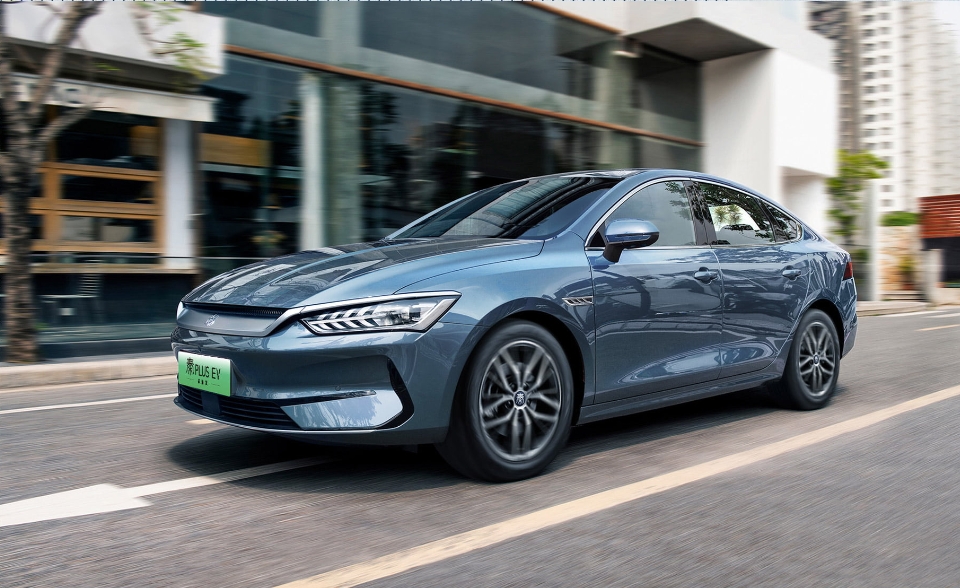 As domestic new energy vehicles increasingly capture the fuel car market with stronger cost-effectiveness, when more and more people recognize and embrace new energy vehicles, the market share of new energy vehicles in China will continue to increase. In April of this year, the penetration rate of new energy vehicles in China exceeded 50%, and this is just the beginning. BYD Chairman Wang Chuanfu recently said, “This is a historic moment, new energy vehicles have become the mainstream, and fuel vehicles have become non-mainstream.”
As domestic new energy vehicles increasingly capture the fuel car market with stronger cost-effectiveness, when more and more people recognize and embrace new energy vehicles, the market share of new energy vehicles in China will continue to increase. In April of this year, the penetration rate of new energy vehicles in China exceeded 50%, and this is just the beginning. BYD Chairman Wang Chuanfu recently said, “This is a historic moment, new energy vehicles have become the mainstream, and fuel vehicles have become non-mainstream.”
The current domestic car market is in an unprecedented era of technological transformation, and consumers will be the biggest beneficiaries of this automotive technology revolution. The more the car manufacturers compete, the more consumers benefit, both in driving experience and price.


